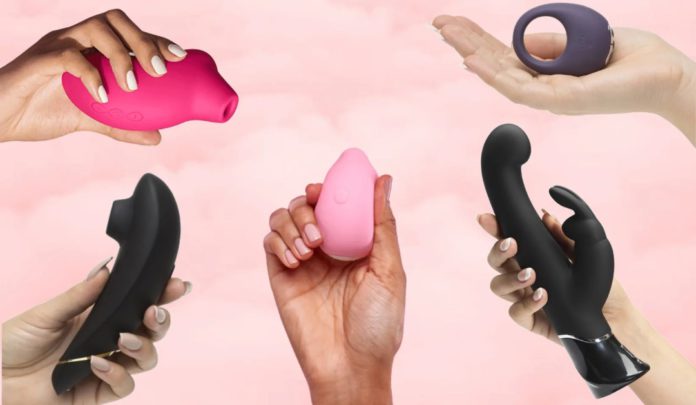Did you know that vibrators were originally invented as medical tools rather than pleasure devices?
Their history dates back to the late 19th century when British physician Joseph Mortimer Granville developed the first electromechanical vibrator—not for sexual pleasure, but as a labour-saving device for doctors treating a condition known as “female hysteria.”
In the Victorian era, hysteria was a widely diagnosed condition encompassing symptoms like anxiety, irritability, insomnia, and even sexual frustration.
Many doctors believed the best “cure” was pelvic massage, which is manually stimulating the clitoris to induce a “hysterical paroxysm”—which, in modern terms, means an orgasm.
However, performing this massage manually was time-consuming and exhausting for physicians, leading to the invention of mechanical aids.
Because of this, the physician patented a battery-powered vibrator in the 1880s called the “Granville’s Hammer,” designed to assist doctors in performing this treatment more efficiently. It was never intended for personal or sexual use.
However, early vibrators were bulky and mechanical, often steam-powered or hand-cranked before electricity became widely available.
As electrical appliances became common in the early 20th century, smaller and more portable vibrators emerged.
These devices started appearing in women’s magazines and catalogs, marketed discreetly as massaging tools for “relaxation” and “invigorating the body.”
By the 1920s and 30s, vibrators began appearing in early pornographic films, revealing their true purpose to the public.
Once this association became undeniable, manufacturers started distancing themselves from medical claims.
Vibrators disappeared from mainstream advertising for decades, re-emerging only in the 1960s and 70s during the sexual revolution.
Today, vibrators are openly marketed and celebrated, with cutting-edge designs featuring wireless connectivity, customizable settings, and even self-servicing technology.

